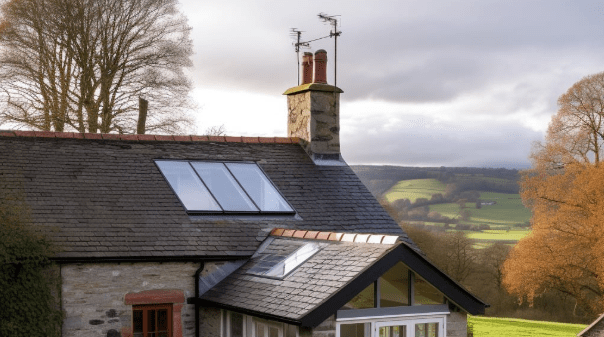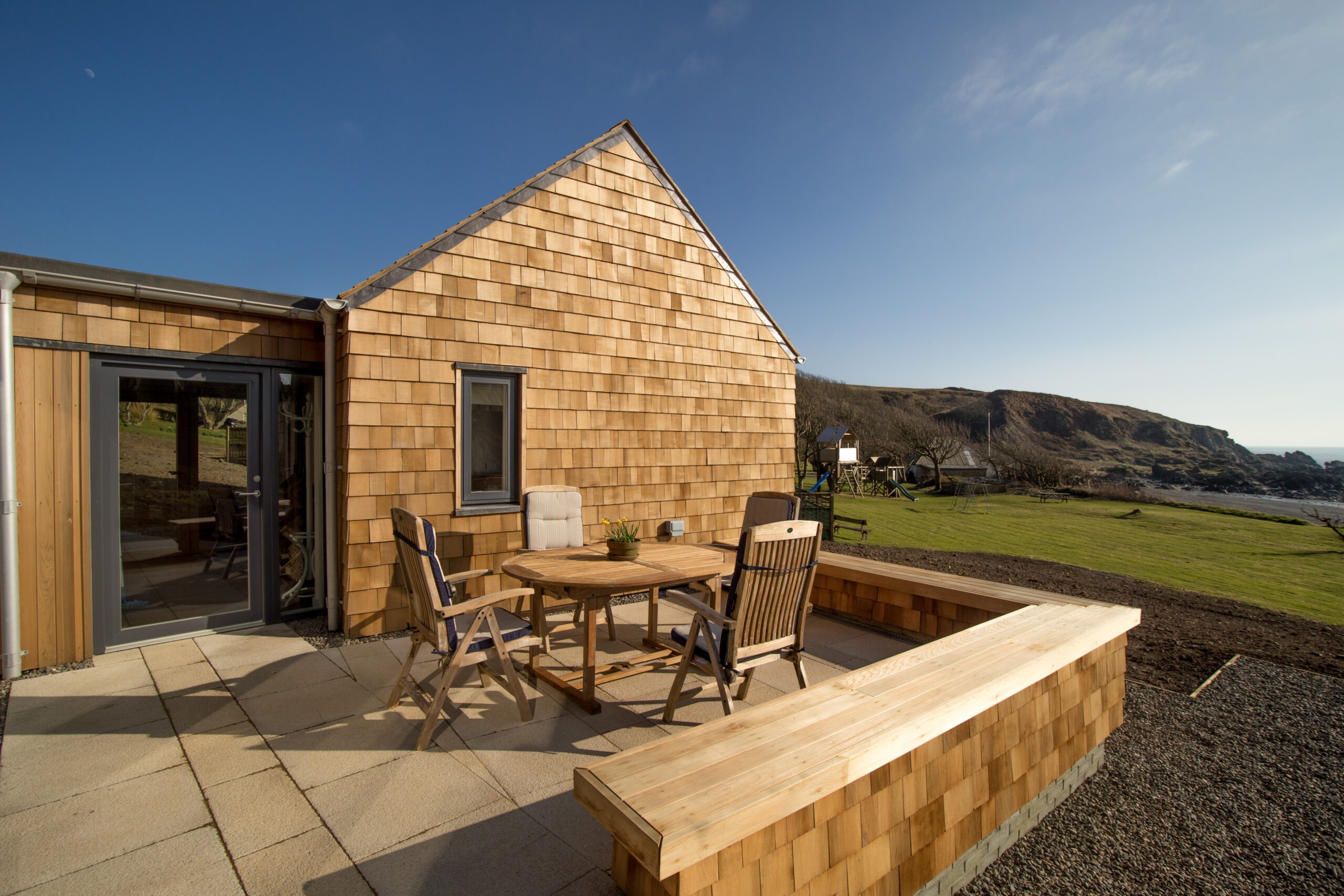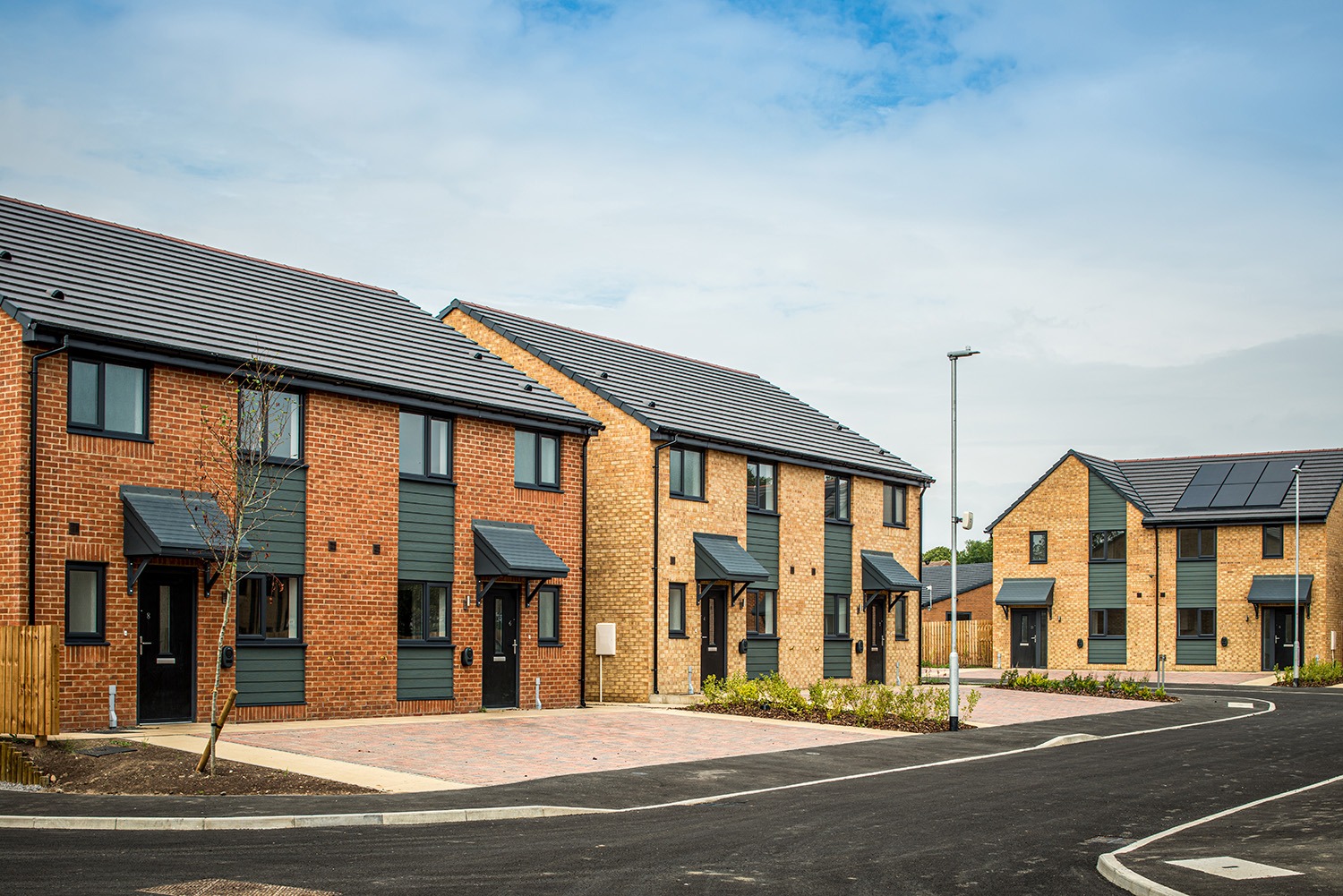Paul Trace, Director of Stella Rooflight Discusses
The Rise of Imitation Rooflights in Heritage Projects
Renovating or extending a heritage property is about more than meeting planning requirements, it’s about preserving character, honouring craftsmanship, and protecting the story of a building for future generations. Yet across the UK, a subtle but serious threat to our built heritage is on the rise: the growing use of cheap imitation ‘heritage-style’ rooflights.
In recent years, large-volume manufacturers have entered the heritage sector with mass-produced roof window products marketed as “conservation” rooflights. These typically feature a black frame and a surface-applied glazing bar designed to mimic traditional detailing. However, many of these products are made from plastic or thin aluminium and lack the proportions, materials and subtlety required to integrate with historic architecture.
At Stella Rooflight, we specialise in genuine conservation rooflights, handcrafted in the UK from 316L stainless steel and hardwood inner linings. Our rooflights are designed to replicate the slim profiles and low-pitch installations of traditional fittings. Yet despite our commitment to authenticity and quality, we increasingly see these inferior alternatives being specified by architects, accepted by conservation officers, and installed into listed and historic buildings.
The reason? Cost.
Budget pressures, particularly in public sector or ecclesiastical restoration work, are leading decision-makers to favour cheaper alternatives. On the surface, this might appear to be a practical compromise. But in reality, it risks long-term damage to the visual integrity of our historic environment.
This issue was brought into sharp focus during a recent exchange with a respected heritage consultant. Defending the use of what he called “user-friendly and affordable” conservation-style rooflights, he wrote:
“Like lots of other things, you can’t uninvent them, and it’s a question of how their use is governed. I believe you have to be realistic and acknowledge that there are many cases in the historic environment where such things do no harm and might be an improvement on what’s already there.”
“We did look at Stella rooflights for an annexe we recently built, and thought they were a lovely product, but the needs of the building didn’t merit it and I’m afraid a cheaper imitation alternative prevailed that time.”
This kind of comment highlights just how far the conversation has shifted. When the professionals responsible for protecting our historic buildings feel forced to compromise on quality and authenticity, we must ask: where does this lead?
Conservation is not just about avoiding harm, it’s about making the right choices. Historic buildings were designed with materials that aged gracefully, that allowed buildings to breathe, and that could be repaired over time. Plastic components, however cleverly disguised, are fundamentally at odds with this philosophy. They deteriorate differently, are difficult to maintain sympathetically, and perhaps most importantly, change the character of a building in ways that are often subtle but cumulatively destructive.
We believe there needs to be a renewed conversation in the heritage sector about what we value and how we preserve it. Planners, architects, and conservation officers must feel empowered to say no to substandard products, even when budgets are tight. Education is key: many homeowners and even professionals simply don’t realise the material differences, or how stark the visual impact can be once an inferior product is installed.
Stella Rooflight will continue to lead by example. We don’t compromise on materials, quality, or principles. Our rooflights are manufactured in the UK using marine-grade stainless steel, high-performance double glazing, and traditional detailing that meets the highest conservation standards.
Ultimately, if we are to preserve the unique beauty and identity of our ecclesiastical and historic buildings, we must stop accepting “heritage-style” as good enough. The stakes are too high and once lost, architectural integrity is rarely recovered.
To find out more about genuine conservation rooflights for your project contact the Stella Rooflight team on 01794 745445 or email info@stellarooflight.co.uk



